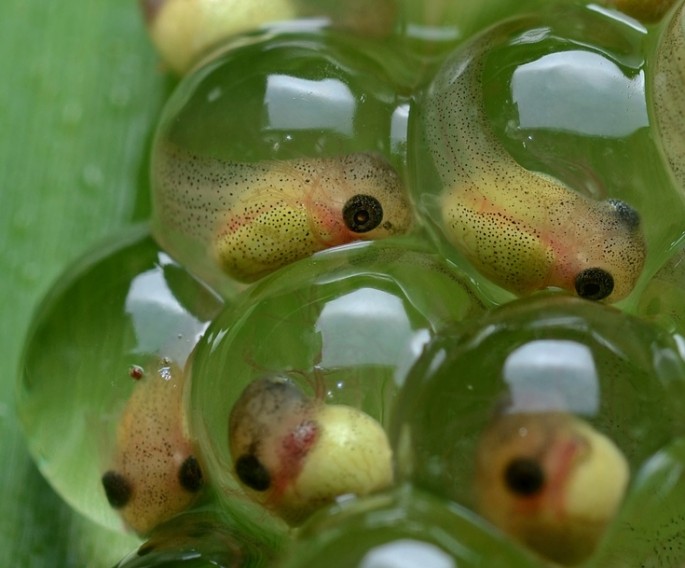Researchers have uncovered a newly identified and infectious disease among tadpoles that is apparently common among numerous frog populations around the world. This new discovery can help biologists to gain more information about the causes of declining frog populations occurring on a global scale.
Researchers from the University of Exeter and the Natural History Museum conducted this new study via molecular techniques in order to test frog tadpoles to determine this newly identified infectious bacteria.
During the course of the study, tadpole specimens were taken from six different countries and were tested for "protists" which are single celled microbes that stores DNA inside a nucleus, similar to human cells. The new parasite causing this tadpole disease is apparently observed inside tadpole livers obtained from tropical and temperate habitats, across all continents that were tested.
Scientists have determined that this infectious agent is a distant relative of the Perkinsea parasite that is mostly seen among marine animals and algae.
According to Thomas Richards of the University of Exeter, to date, global frog populations are now experiencing serious declines and suffering from this infectious disease that is considered to be a major factor.
This new study now reveals a previously unidentified microbial group that spreads infections among tadpole livers in frog populations around the world.
He also adds that immediate action is the next step in deciphering and combating this rare microbe which is a distant relative of oyster parasites that can cause serious harm and disease already contributing to frog population declines.
Amphibians are also considered as an endangered or threatened animal group where 32 percent of its species were listed as endangered or even extinct in 2008 and 42 percent of the species were listed as declining. Scientists suggest that this massive decline in amphibian population is an obvious sign that the planet is currently undergoing a sixth mass extinction event.
This new study is published in the journal, Proceedings of the National Academy of Sciences.



























